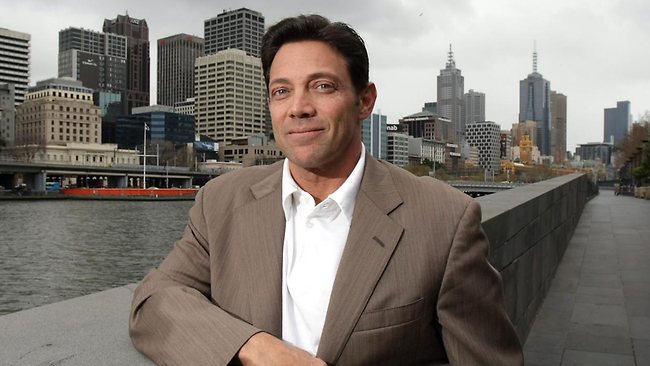
Photo credit: Stuart McEvoy Source: news.com.au
Martin Scorcese’s Wolf of Wall Street is a thrilling, barn-burning, high-octane depiction of securities trader Jordan Belfort. His party lifestyle and meteoric rise and fall are excellent fodder for movie goers, but what do we know about the man himself? While Leonardo DiCaprio is likely to win awards for his portrayal of the infamous figure, the reality of his situation is one that we can all learn from, whether we’re investing or trading.
The Man
Jordan Belfort’s life began, as many do, simply. He was born in the Bronx of New York to a family of Jewish accountants. Raised as any other, he eventually graduated from American University with a degree in Biology.
And just like many before him, he wanted more. It wasn’t long before Belfort’s ambition landed him a job as a stock broker at LF Rothschild, prominently featured in the film Wolf on Wall Street. The firm was, as depicted, prestigious. But the financial melt down of 1987 known as “Black Monday” would ultimately put he and many other brokers out of work, and with little future prospects.
The Work
It was clear that Belfort needed a direction. Unwilling to accept defeat in an occupation that had, until the crash, brought him enjoyment and prosperity, the young financial mind founded Stratton Oakmont in the 1990s.
The problem with Stratton Oakmont is that it was no LF Rothschild. It was never intended to be. Belfort recognized a potential for extremely high commissions from dead end deals, thanks to the lax regulations placed on penny stocks. Oakmont became a classic example of a “boiler room”; a high-pressure sales environment that peddles speculative securities to “sucker lists” of clients. Day in and day out, Belfort’s team would convince unsuspecting investors to make dangerous trades, all while banking on their gamble.
The firm grew in both size and deals. The final count saw over 1,000 brokers dealing in approximately $1 billion worth of trades, including an equity-raising effort for fashion shoemaker Steve Madden. Little did Belfort know, the high-profile performance of his boiler-room brokerage would attract scrutiny of the highest kind.
The Conviction
While Jordan and his merry men were swindling investors, Alabama securities commissioner Joseph Borg was preparing to end the party. The once profitable venture came crashing down with Belfort’s conviction over $200 million in “pump and dump” deals. From the mansion to the slammer, 22 months in federal prison was the price of a wild and crazy ride.
But the government was not content to simply incarcerate such a high-profile offender. In the eyes of the courts, the victims of Stratton Oakmont’s dealings deserved restitution for their hardship. The amount demanded totaled $110.4 million. And while the sum is paltry compared to the personal and financial suffering of those exploited (not to mention the fact that Belfort has failed consistently to fulfill his court ordered payments), the ordeal profoundly demonstrates the real-world implications of financial dealings.
The Lesson
In Belfort’s mind, his victims were nothing more than pawns; expendable dupes upon which he could stand in order to reach the loftiest of heights. But the reality of his actions manifested in crushed dreams, ruined homes, and financial destitution. Jordan only saw the deposits in his many accounts, but the consequences of his deception were no less real, and no less damaging.
Trading securities can seem like a game if viewed through a careless lens. But unlike a casino, your money and your actions have real consequences, whether they affect investors or your own livelihood. Trading securities is an excellent, enjoyable way to make money, but be willing to sacrifice the yacht if it means maintaining your integrity.


